I will admit that 6 online lessons and 2 in-person lessons could not adequately prepare me for the plunge of teaching 9-10 and 11-12 years old girls in a real life classroom. TEFL is great at teaching you the basics, but nothing beats that hands-on experience of dealing with over 25 different personalities and speaking to them in their non-native tongue.
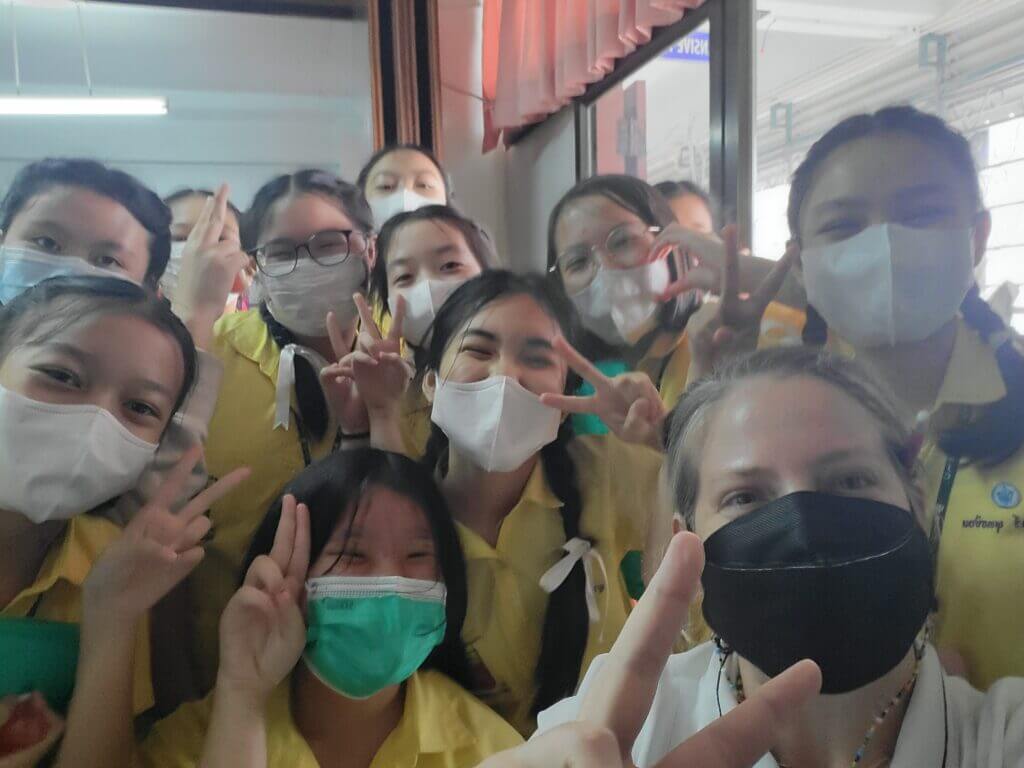
Stepping into my first classroom that Monday morning was like throwing the baby into the pool to see if they can swim. Fortunately, I did not drown, and even managed to tread water. Though it took several months to gain my sea legs, I finally managed to get to a happy place and now thoroughly enjoy teaching my students. While wisdom gained through experience is by far the best teacher, here is some advice I have gained in the whole 6 months of teaching.
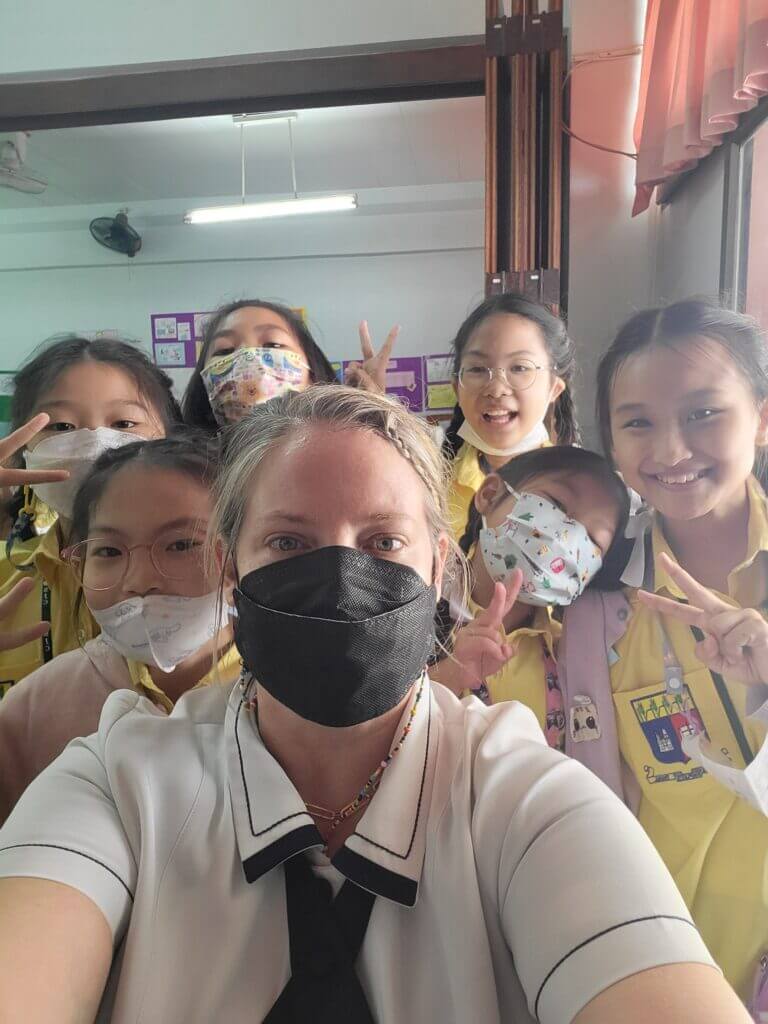
“In preparing for battle, I have always found that plans are useless but planning is indispensable.”
Dwight D. Eisenhower
My first set of advice is planning and understanding the lesson is more important than the actual plan itself. I use lesson plans. I think about what I am going to focus on and what I (or others with you) deem to be the most important. Then cut out what doesn’t quite fit into the lesson. Having that flexibility to adjust on moments notice can make or break a lesson. Sometimes, you only get 25 minutes in a class because an assembly ran late or there was a fire drill.

Knowing what you can change, focus on or cut out will save you a lot of time and headaches. I remember that in the first few weeks of me starting, one of my classes got massively cut. I created a whole group project in 20 minutes. I was lucky that it was successful. Then because I was flexible, I ended up using what I did in that class as the basis of the second unit’s project.

However, I am not always so lucky. I like to use Google Jamboards and ask my students different types of questions as my warm-up for the class. Some of my questions have been wildly popular and others were complete duds. The questions that did not work, I now scrap and move onto the next question or do something else. Sometimes it is best to go with the figurative flow of the classroom instead of trying to swim upstream and try to fit in everything when it’s not possible. Sometimes, your students are having trouble understanding something and it requires more explanation, so you cut out the dictation or the worksheet. The Buddha says that attachment will only cause suffering. I can tell you that being too attached to your lesson plan will only cause you immense suffering.
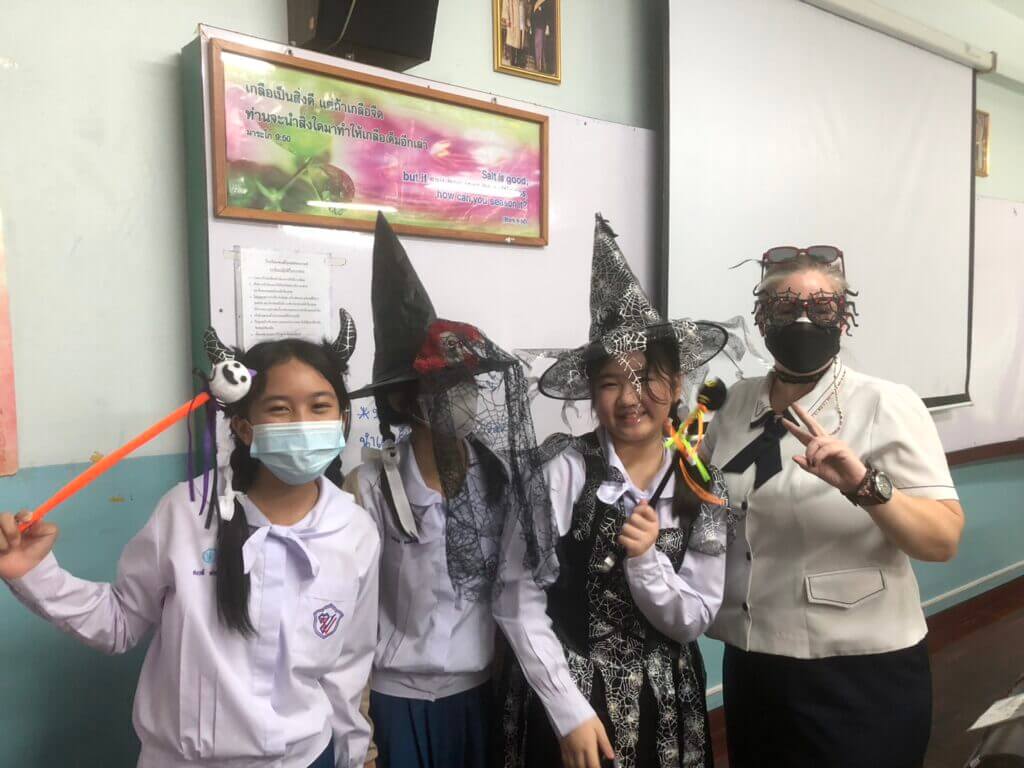
“Names have power like magic spells.”
Cinderella (2015)
My second tidbit is to do your best to learn your student’s name as quickly as possible. I am the first to admit that I have a very hard time remembering names. I always have. However, learning your student’s names will make it that much easier to interact with them, as well as give them accurate grades when it comes to things like participation. It also helps with things like classroom management. I can quickly call out bad behavior or give kudos to the students that deserve it.

I was told to have the students make nametags on the first day of school, but hold onto them because they will lose them. A very experienced teacher I met halfway through the year said having his students place name tags on the desk is something they have to do every class, just like bringing their books. And if they lose it, they have to find paper to make another one. I know that I will be implementing this for my students next year for sure.

Many of my students ended up taking pictures of this picture!
Just find what works for you, what style suits you best, and just be confident enough to rock it.
Odell Beckham Jr.
A teaching style is not a one size fits all scenario. You have to give it a test drive to see what works best for you. Me and my co-teacher are literally the complete opposites. She is more quiet and reserved (my thoughts go to what a proper young British lady looks like) whereas I am silly, loud and high energy (very American). (I’ve even been told that I start at 11 and I need to bring it way down at the start of my class). My loud (and sometimes way too loud ) energy would not work for her, whereas her calm reserve style would not work for me. What is great though is that we don’t need to be anyone else. We both embrace our styles and make it work for us.

Our students recognize that and respect that because they can tell we are being authentic. Students will see through you if you are trying to be someone you are not. So embrace who you are and run wild with it. For example, my co-teacher is a HUGE Taylor Swift fan and tends to use her songs in class. I love Kpop (particularly BTS) and use them as examples all the time. I am extremely silly and often give my student’s finger hearts. My co-teacher loves when students do artsy projects and focuses on stuff like that. Finding what you and your students can connect to will only make better classes. You students will not only respect you more but like you more as well.
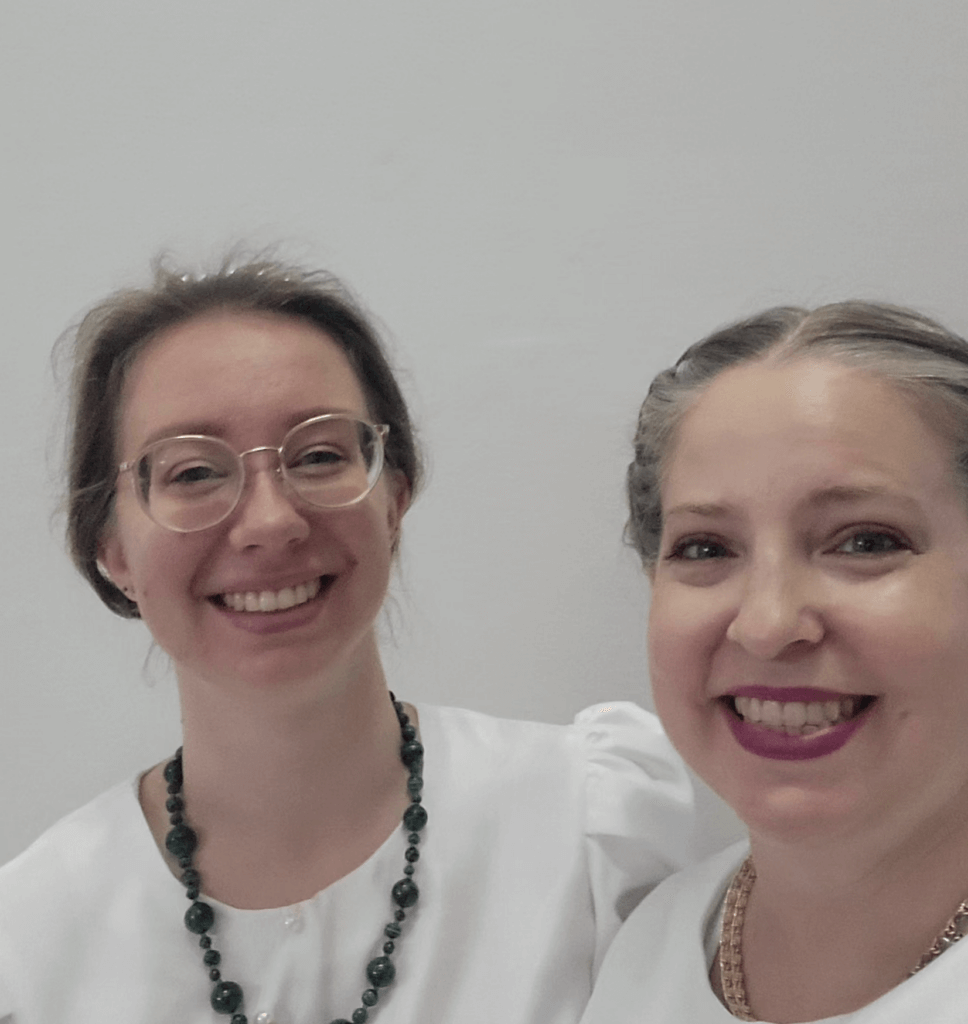
“No man is an island, entire of itself…”
John Donne
My last piece of “sage” advice is don’t be afraid to ask for help and always keep learning. For the first part it is easier said than done! For most people they are either too shy, too proud or too ashamed to ask for help. However, you have to remember that we have all been new at some point. Asking what has worked or not worked in the past might get you a new answer or help you in some unforeseen way.

As a new teacher, you only have so many tricks up your sleeve. One great thing about my office is the high level of communication we have with each other. I have had several long talks with the other teachers in my office (one who is a very seasoned professional) about things they have learned along the way. For example, I was speaking with her about a student of mine who is having difficulty in the class, especially the writing projects. She told me about a trick of having the student tell you what they want to write and then use a highlighter to write it for them.

Then, the student has to trace the words. I plan on using this for other students that have similar problems. Furthermore, with difficult or tricky classes, I asked either my head teacher or my co-workers to come and observe me. They can see things that you cannot see and tell you what you are doing well and ways you can improve. They might have an idea on a good classroom management technique or something the students would find fun and enjoyable. Do not be afraid of constructive criticism, because it will only make you a better and more effective teacher.
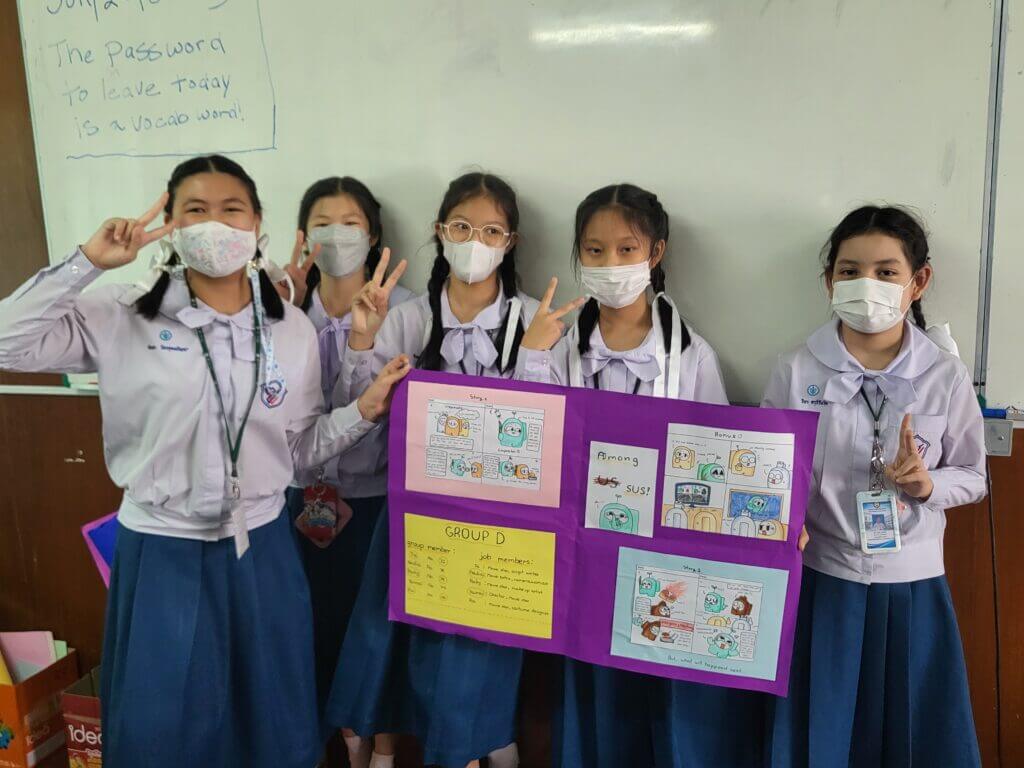
In the end, these are just a few of the lessons that I have learned along the way. Aerosmith in the song “Amazing” says “Life’s a journey, not a destination.” Teaching is the same way. Embrace the craziness, the challenges and even the days when you will inevitably want to quit because teaching in Thailand in the end is fun!
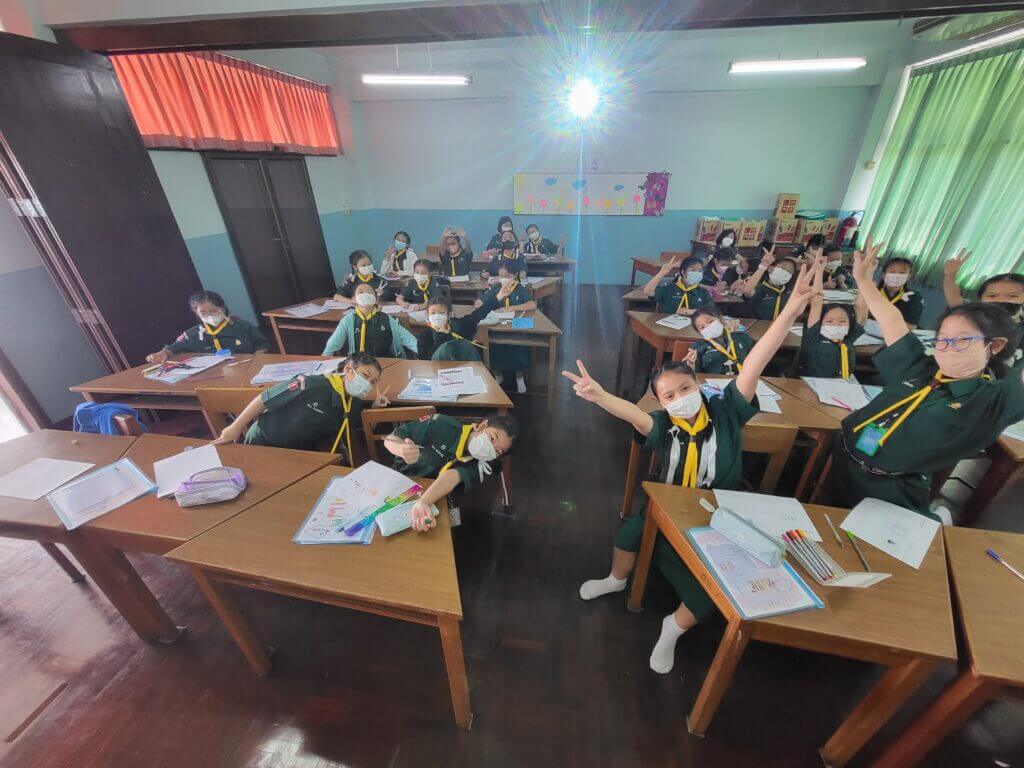
The path to our destination is not always a straight one. We go down the wrong road, we get lost, we turn back. Maybe it doesn’t matter which road we embark on. Maybe what matters is that we embark.
Barbara Hall, Northern Exposure, Rosebud, 1993



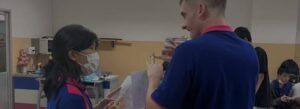



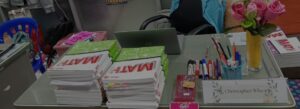







![[BFITS] BrightMinds Series_The Future is Yours KickOff Session on Expert Insights for Your Future Career with Mr. Suthichai Yoon](https://bfitsthailand.com/wp-content/uploads/2025/01/BFITS-BrightMinds-Series_The-Future-is-Yours-KickOff-Session-on-Expert-Insights-for-Your-Future-Career-with-Mr.-Suthichai-Yoon-300x109.jpg)


